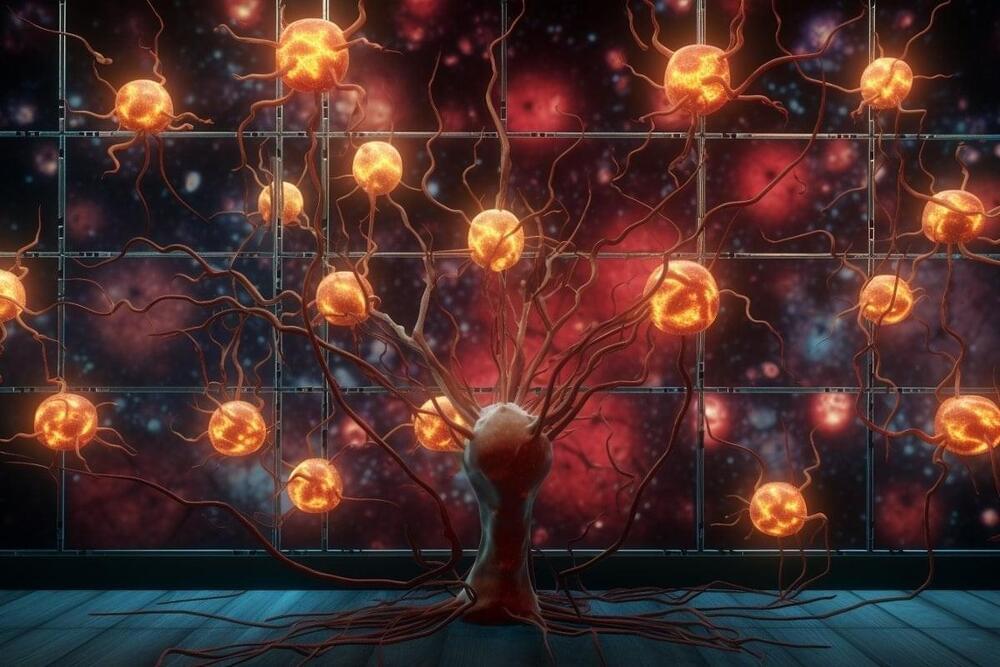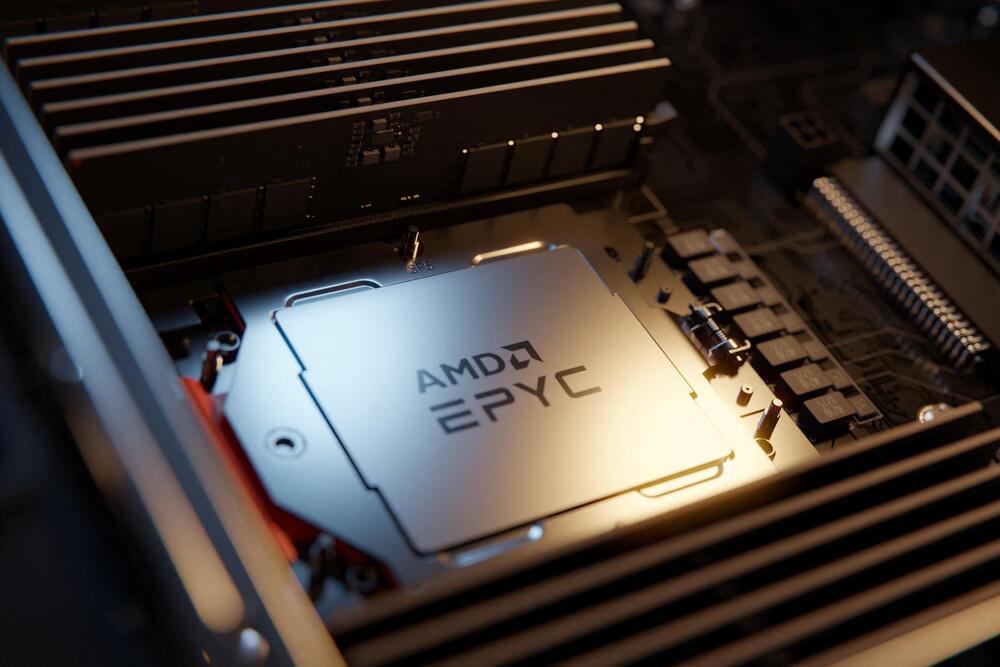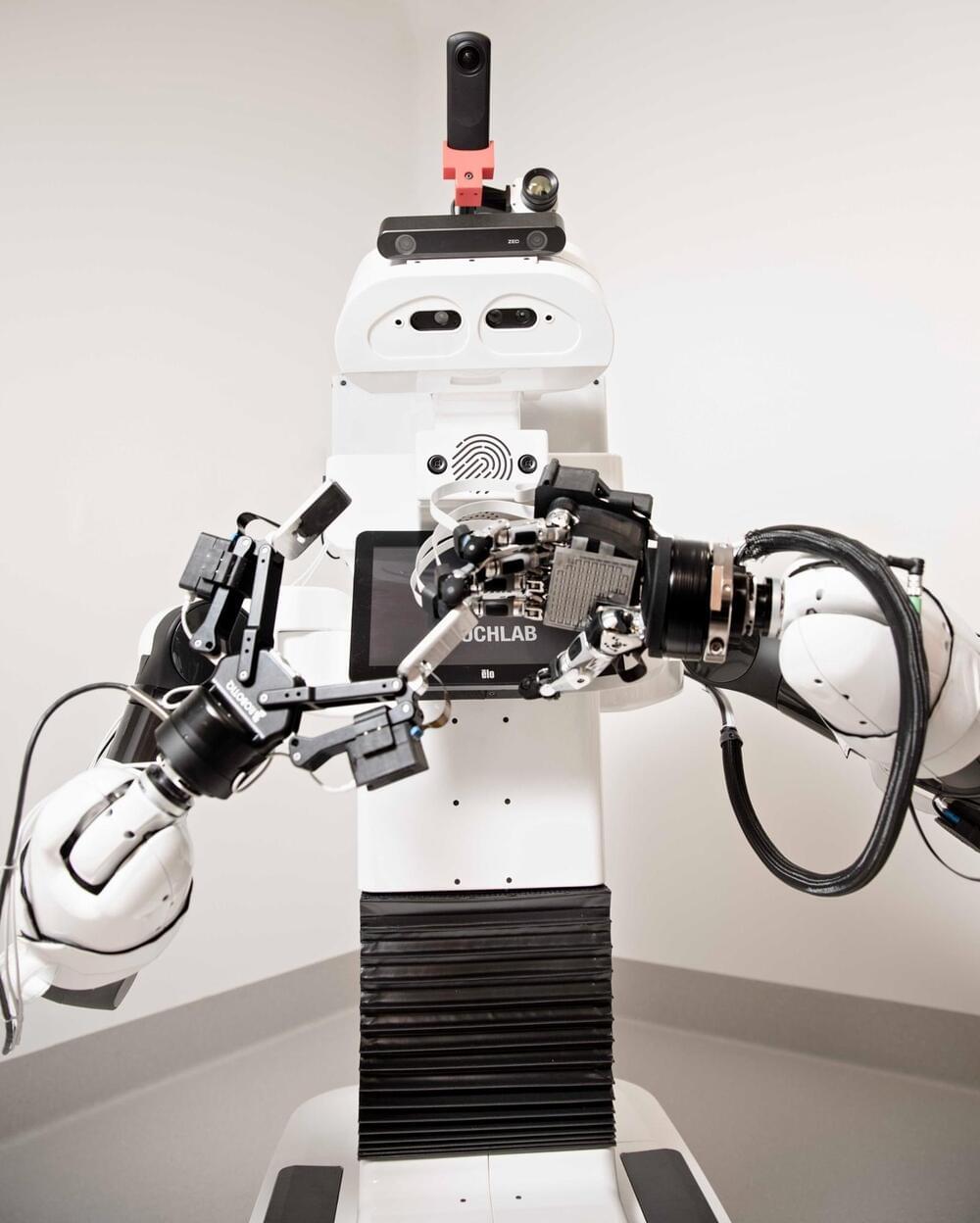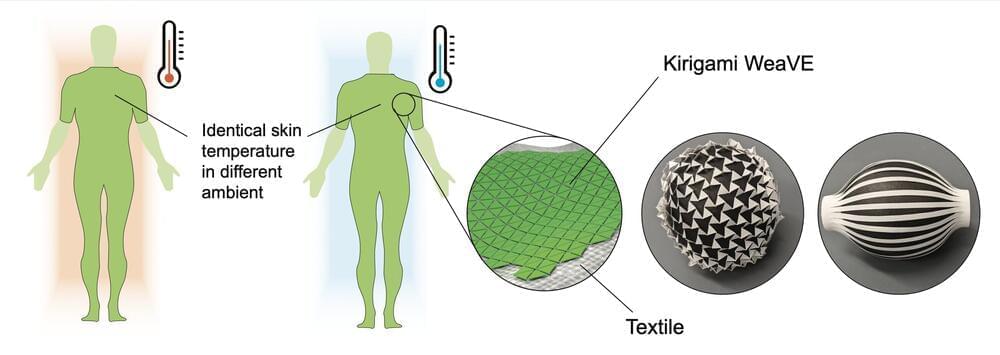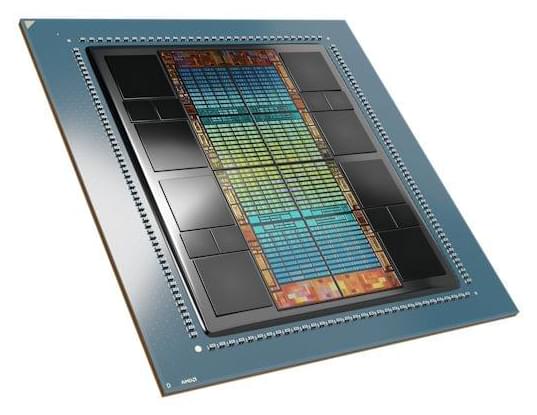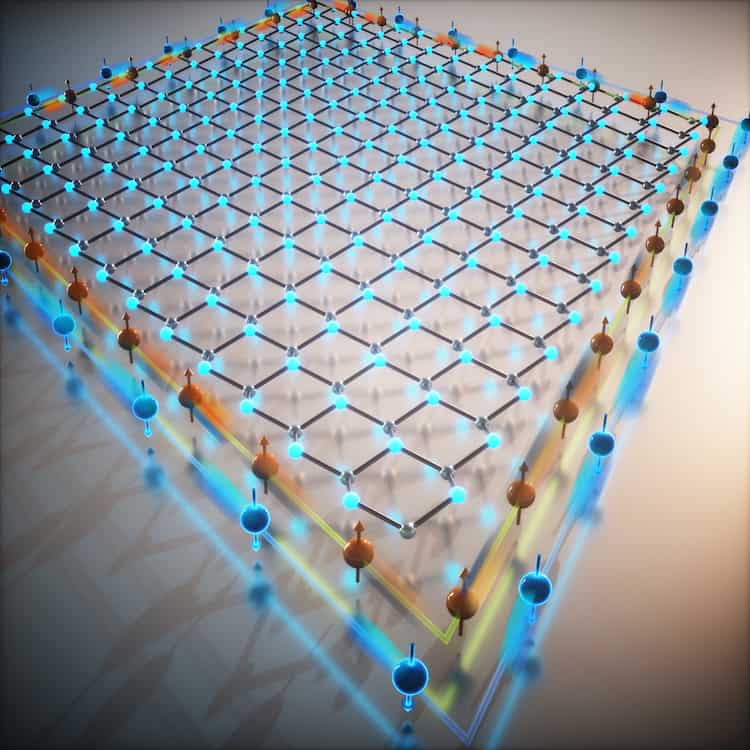Jun 14, 2023
Video Game Algorithm Unlocks Molecular Mysteries of Brain Cells
Posted by Jose Ruben Rodriguez Fuentes in categories: biotech/medical, information science, life extension, neuroscience
Summary: Researchers leveraged a tracking algorithm from video games to study molecules’ behavior within live brain cells.
They adapted the fast and accurate algorithm used to track bullets in combat games for use in super-resolution microscopy. The innovative approach enables scientists to observe how molecules cluster together to perform specific functions in space and time within the brain cells.
The data obtained could shed light on molecular functions’ disruption during aging and disease.
